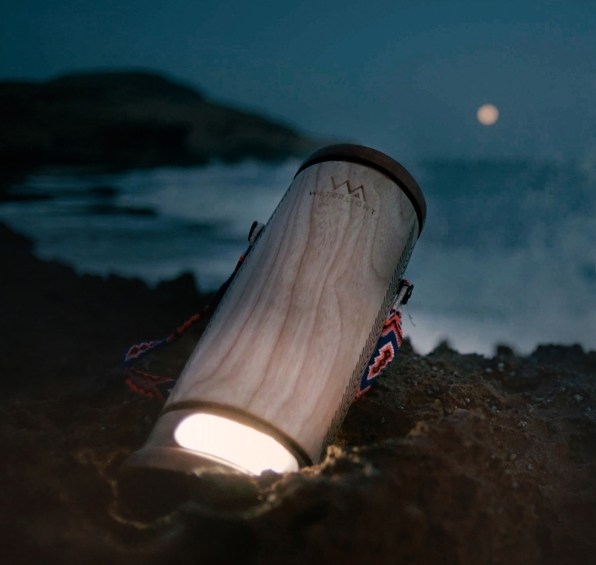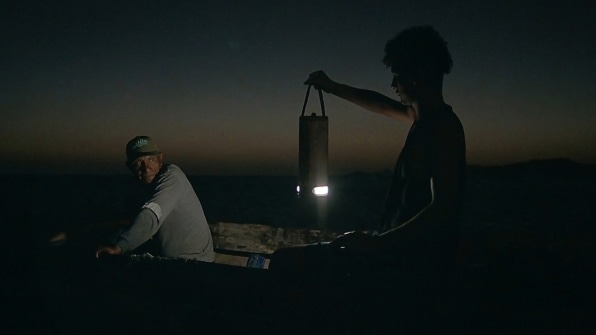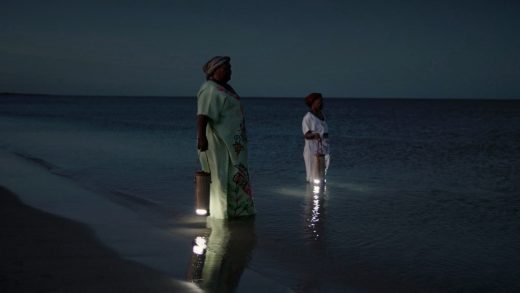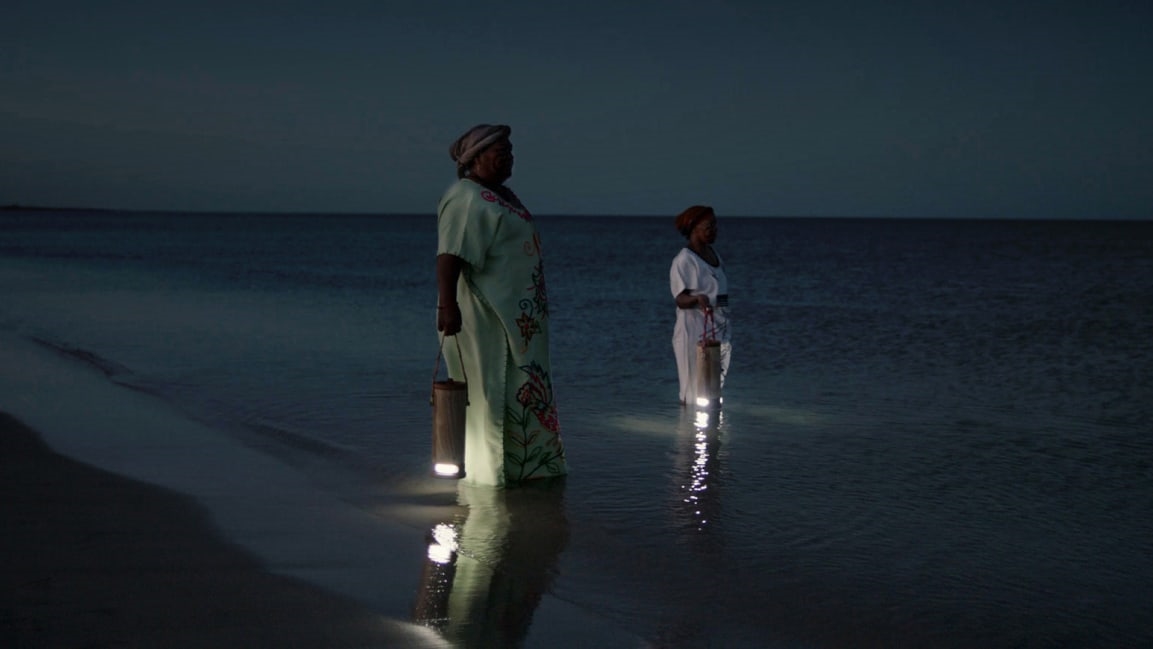This lantern only needs sea water to charge
The Guajira Peninsula, a coastal desert at the northernmost tip of South America, is one of the poorest places on the continent. It’s a remote area, and there’s limited access to electricity. But residents recently started testing small lanterns that charge on something available in abundance: saltwater.

The handheld device, called the WaterLight, is designed to fill with around two cups of ocean water. Electrolytes in the water react with magnesium in the light to generate a simple reaction that creates electricity. “With one charge, it can be used for around 45 days, depending on how much you use it,” says Pipe Ruiz, an executive creative director for Wunderman Thompson Colombia, a creative agency that worked on the design with E-Dina, a Colombian renewable energy startup that developed the core technology. When the light needs another charge, it gets refilled with water. (Because the process separates salt from water, the seawater in the device can also later be used for cooking.) The light lasts for 5,600 hours, or two to three years of use, and then can be recycled.

Like similar small solar lanterns, the design helps enable work at night in places off the electric grid, replacing traditional kerosene lanterns. Unlike a solar light, it charges instantly, as soon as it’s filled with water. Children can use the light to study; craftspeople can work. In the Guajira Peninsula, members of the Wayuu tribe who are testing the devices have been using them on boats to make it possible to fish at night. The lantern can also slowly charge a mobile phone or a small radio.

The designers plan to distribute the lights to other poor coastal communities through nonprofits and governments. “We see that millions of people around the world are without access to electricity on the coasts,” Ruiz says. “But actually they do have access to the oceans.” The catch: It’s expensive, at least in the early stages, ranging from $60-$100 per light, versus solar lights that cost multiple times less.
(19)



